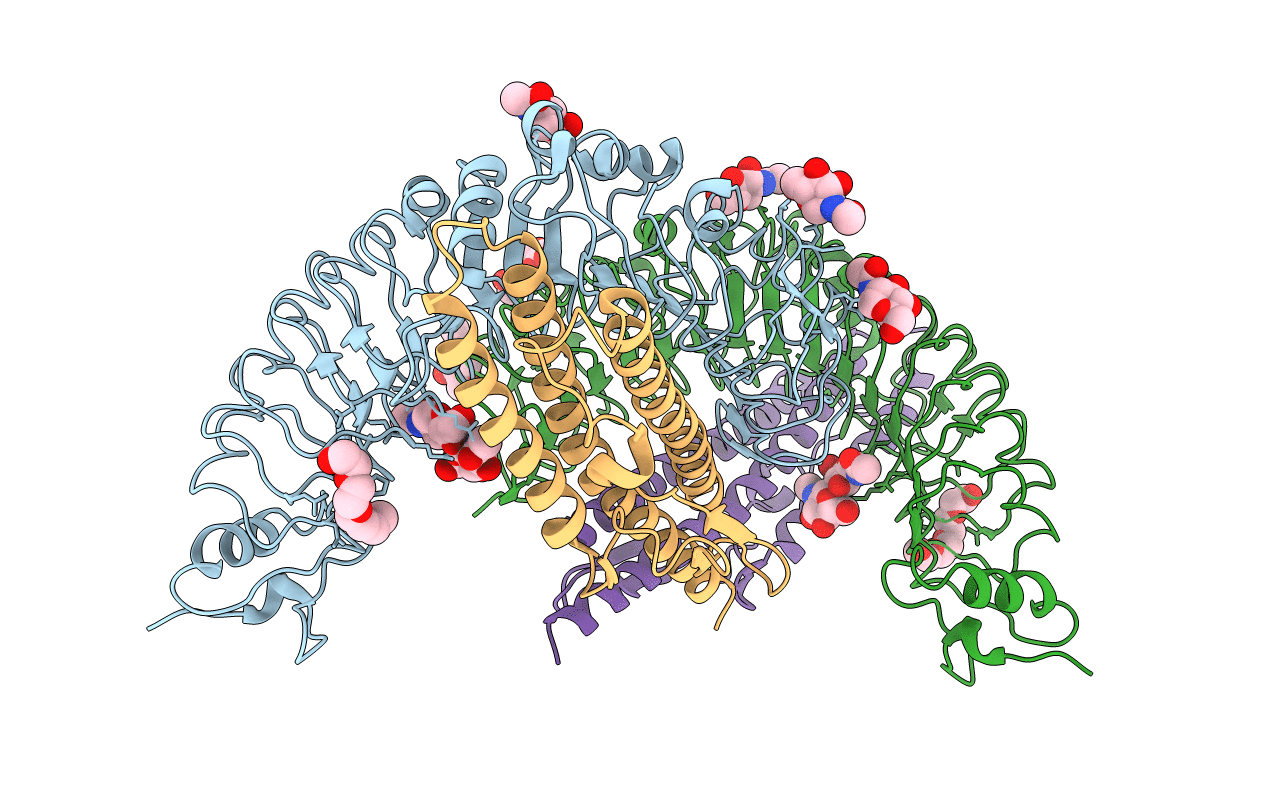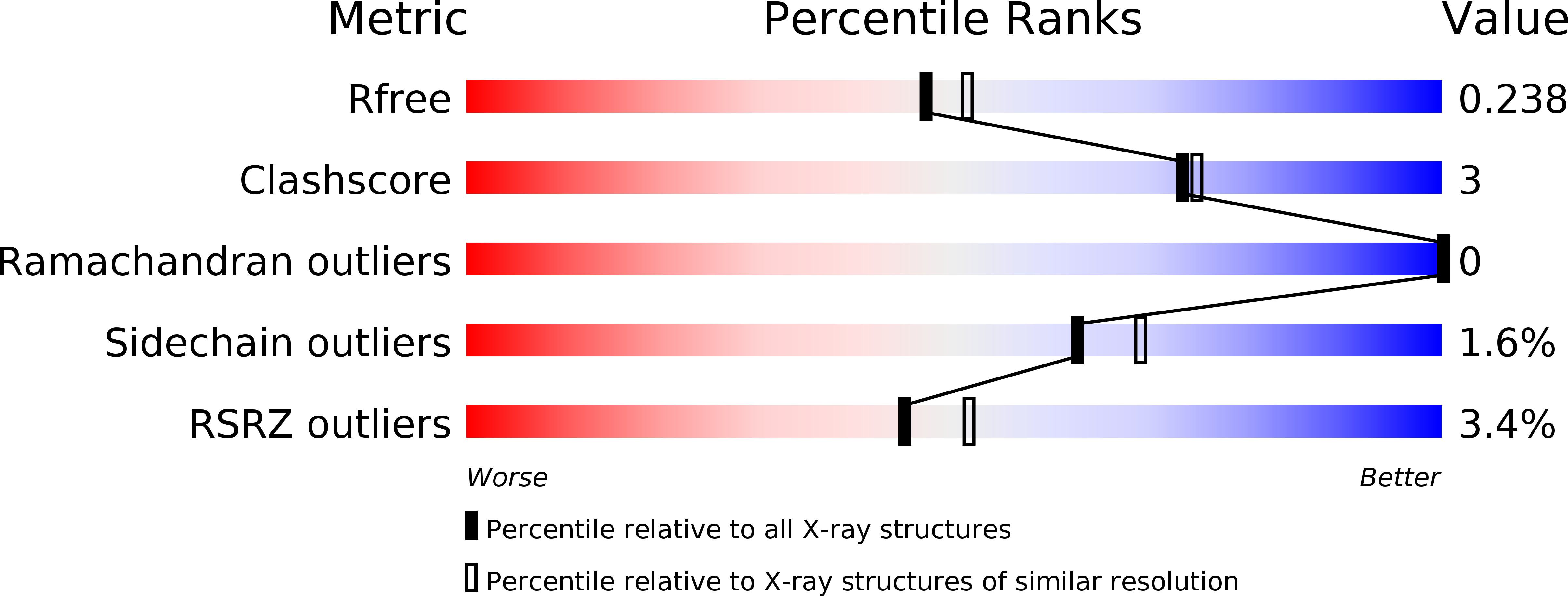
Deposition Date
2016-09-21
Release Date
2017-02-15
Last Version Date
2024-11-06
Entry Detail
PDB ID:
5GY2
Keywords:
Title:
Crystal structure of a complex between Bacillus subtilis flagellin and zebrafish Toll-like receptor 5
Biological Source:
Source Organism:
Danio rerio (Taxon ID: 7955)
Eptatretus burgeri (Taxon ID: 7764)
Bacillus subtilis subsp. spizizenii strain W23 (Taxon ID: 655816)
Eptatretus burgeri (Taxon ID: 7764)
Bacillus subtilis subsp. spizizenii strain W23 (Taxon ID: 655816)
Host Organism:
Method Details:
Experimental Method:
Resolution:
2.10 Å
R-Value Free:
0.23
R-Value Work:
0.19
R-Value Observed:
0.19
Space Group:
P 1 21 1


